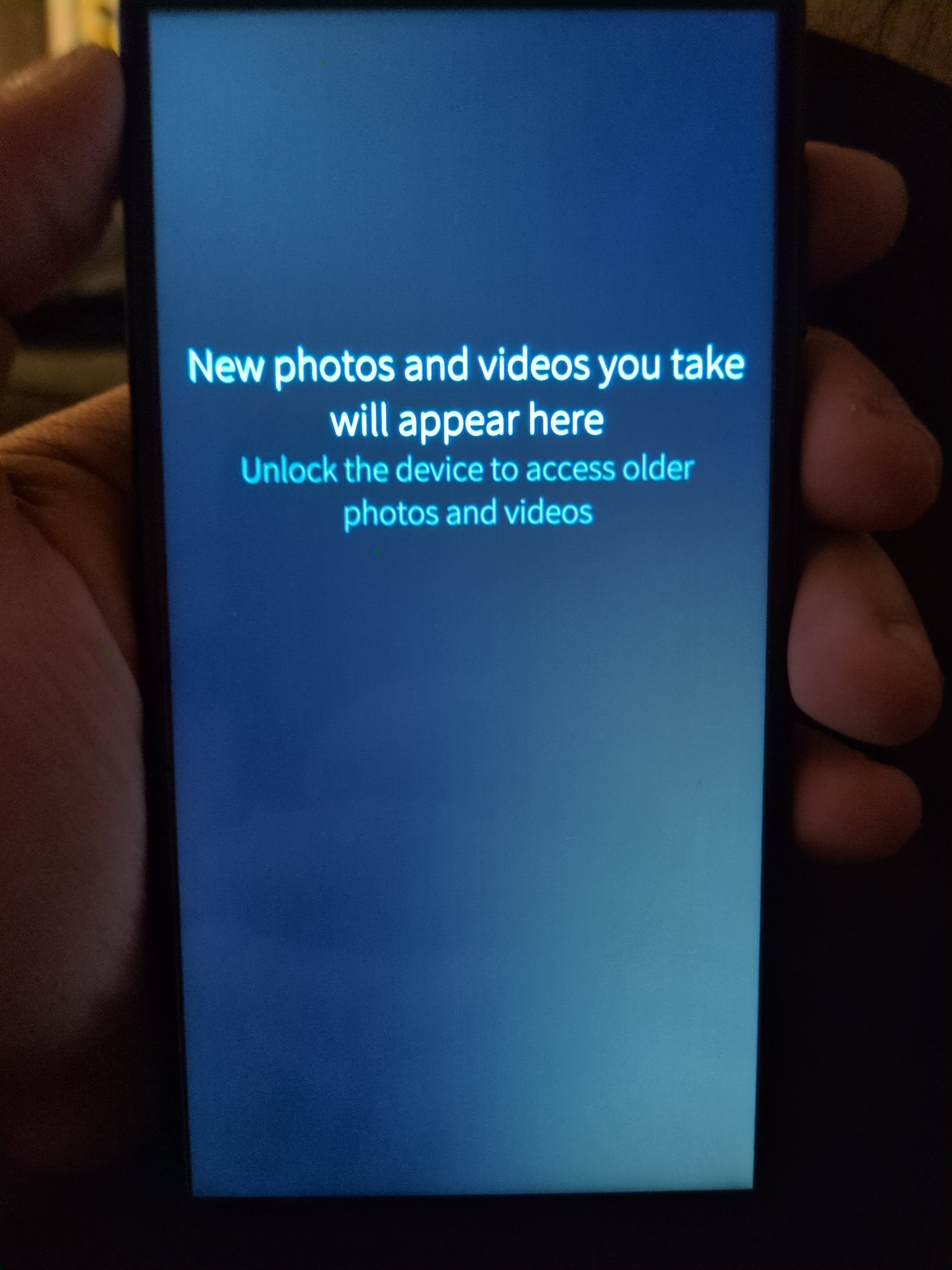- 2 Posts
- 20 Comments
Then the main question would be, do you care about using proprietary software or not?
I figured out how to use virt-manager when I was 15 years old, it’s not as hard as it seems.
VirtualBox includes non-free drivers for some features. I’d recommend using QEMU/KVM with Virt-Manager instead, since it is entirely free and open-source.
https://linuxconfig.org/setting-up-virtual-machines-with-qemu-kvm-and-virt-manager-on-debian-ubuntu
Follow this guide:
https://www.fsfla.org/ikiwiki/selibre/linux-libre/freesh.en.html

 3·10 months ago
3·10 months agodeleted by creator
I swiped up, then left, and saw this:

I’m sorry if I came off as rude or anything. This issue just frustrates me so much.
While I understand the challenges you’re pointing out, it’s crucial to acknowledge that not everyone working on personal projects expects immediate financial gains. Some individuals are motivated by a passion for exploration and a desire to contribute to open and accessible technology. Even if replicating a professional-grade computer at home is challenging, there’s value in fostering a community-driven approach to technology, aiming for transparency and independence from corporate interests. The pursuit of knowledge and the potential for positive societal impact can be significant motivators, transcending immediate financial returns.
Absolutely, creating a complete modern computer is an incredibly complex task. Building a 3GHz CPU from scratch is a monumental challenge, and even assembling components like stm32 or Pis requires a level of expertise. Developing your own drivers, dealing with various peripherals, and ensuring compatibility is tough shit.
However, once the software is written and released under a Free Software license, it will be there forever. As you’ve already stated, it’s hard, but not impossible. I share your hope that one day we will reach the point where such endeavors become more feasible.
It’s sad but true. I’m just so baffled as to why? Wouldn’t anyone just be curious to figure out how stuff works? Think of all the brilliant minds out there who are being cut off simply because of corporate greed. Not only that, but they’re deemed as criminals for making it do something it wasn’t intended to do (e.g. Xbox 360 w/ RGH). I just think we’re wasting so much potential to make the world a better place. And we can already see the love behind just using and creating software while following the Free Software philosophy.
My goal is to help people, maybe you or anyone else might be interested, to get to actually USE their computers, understand how they work, etc.
The creator of Libreboot, Leah Rowe, and I are making support for the Dell Optiplex 9020 MT. It’s a Haswell motherboard that supports a i7 4790K, 32GB DDR3 RAM, you can also use a 2080 SUPER (or anything else), without the need for any proprietary BIOS firmware (eventually, we still need to reverse engineer 1-2 blobs). It has internal flashing capabilites, so no need to buy flashing equipment, all you need is an insulated screwdriver to short one of the SERVICE_MODE pins, which unlocks the flash chip basically. This allows you to flash the firmware through the OS, which makes it 10x easier for anyone to start using Libreboot. The motherboard you can buy on eBay right now for about $20, or you can buy the whole PC for like $100-$120. Still though, isn’t enough but it will be a step in the right direction.
T440p if you’re comfortable upgrading it yourself. It’s very easy to customize, parts are cheap, and it has a socketed CPU slot. You can buy upgrades for it like a i7 4900MQ, 2x8GB RAM, and a nice 1080p IPS display. It can also be Librebooted (you have to take it apart), and it has a SD card slot, CD tray, and a option to upgrade the standard keyboard to a backlit keyboard.
I’ve been using it everyday and could honestly use it for another 5-6 years and I’d be fine with it. I just do browsing, coding, etc.
Well, that’s debatable too because if your going to put a new user on a rolling-release distro, something will probably break and they’ll have to fix that. Debian is great for this because it provides stability over having the latest and greatest tools. In my own opinion, Debian was the best choice for me as a newcomer because it just works. (I use it as my daily still)
I do agree with your second point though, there should be descriptions in the installer describing words like ‘GRUB’ or ‘GNOME’, I already asked one of the Debian developers about this, they said there is just not enough room in the installer. People also have AI at their fingertips now, so it will get better later on.
You don’t have to manually set partitions, you can just choose to keep everything in one partition if you’d like.
I tried previously to pass through my GPU to a virtual machine (KVM hypervisor) and was unsuccessful. I also tried installing the open kernel drivers for my 2080 SUPER but that didn’t work either. So unfortunately, I had to load proprietary garbage onto my host.
I’m going to give it another go today and see if I can make it work. Ill keep you updated!
How? It’s gotten so much easier to install and literally all you have to do is click Continue during the install process.
Thank you! Yes I agree, just changed the title to ‘mid-range’ instead, makes more sense. Anyways, yes I would love to get LTT on this!!
Debian GNU/Linux with GNOME desktop enviorment

deleted by creator